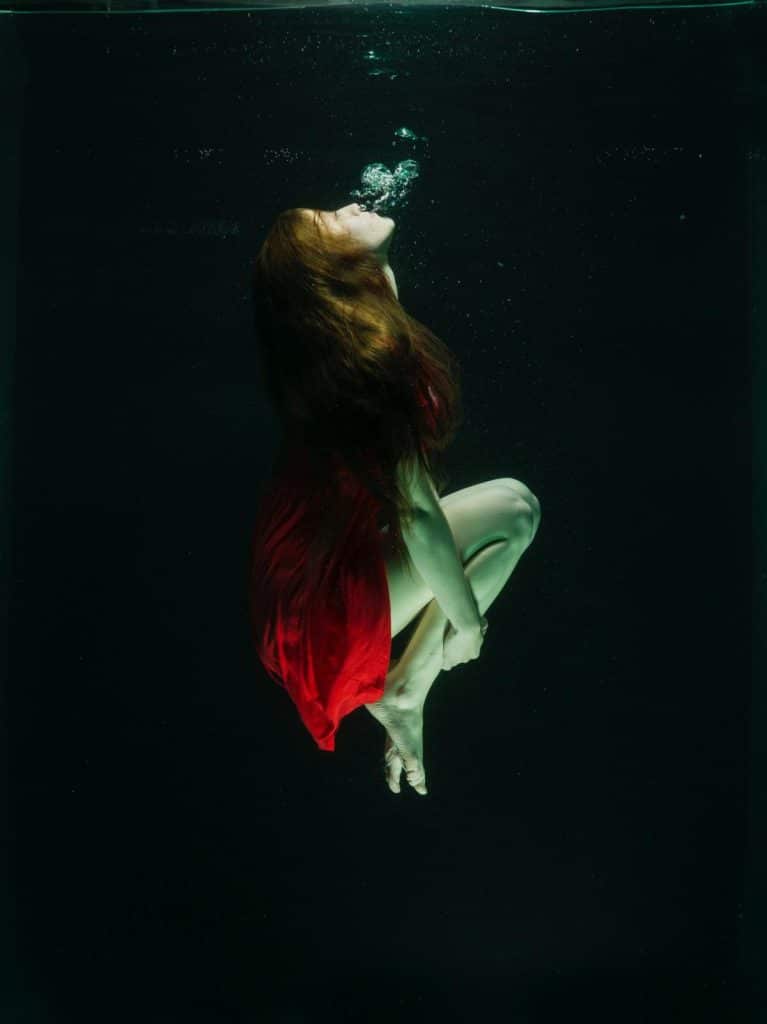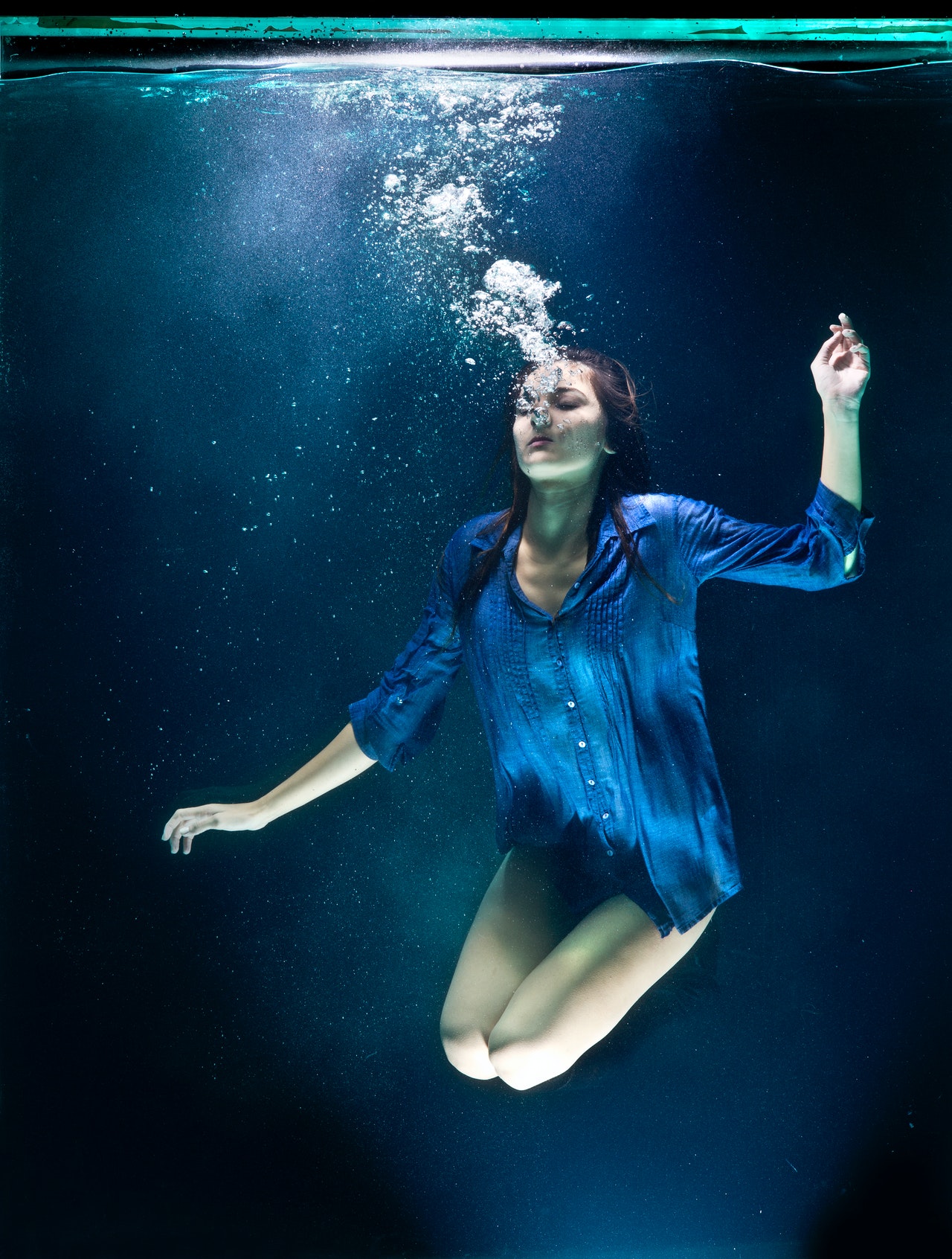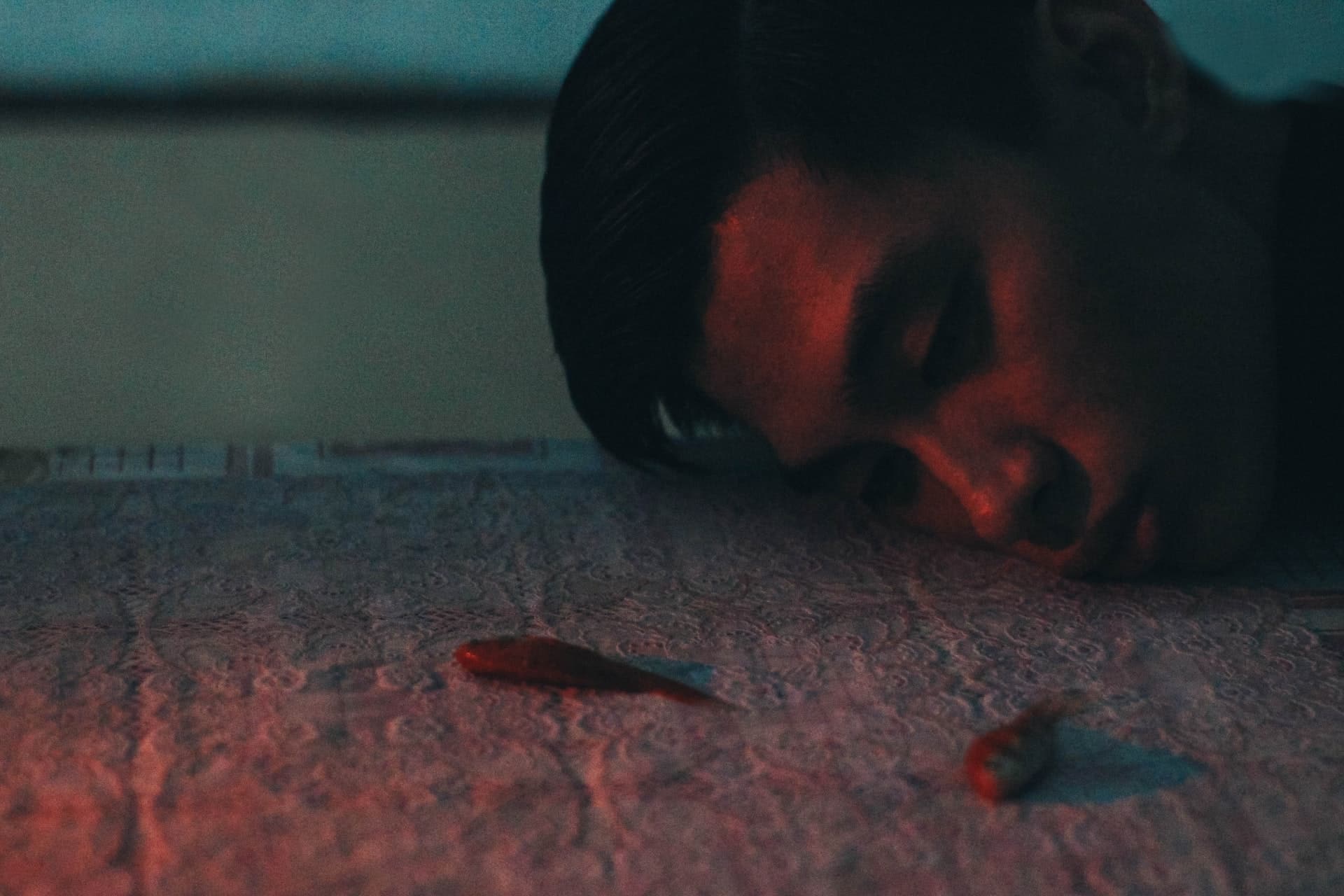Given that the photographer’s artistic intent is such a big component of what makes fine art photography, there is almost no limit to the types of images that can be approached as fine art photography. However, there are some common types of fine art photography that you’ll come across most often. If you’re starting out as a fine art photographer taking inspiration from other photographers working in these styles is a great place to start.
Still life photography is the photography of inanimate objects. When you hear the term “still life” you probably think of the classic still life paintings by great artists of the past, which often featured everyday objects like bouquets of flowers and bowls of fruit, as well as symbolic objects such as skulls serving as a reminder of our mortality. While your subject matter as a still life fine art photographer may be different, those original still life paintings serve as a useful framework for thinking about your own still life work. This type of photography is about using light, perspective, and symbols to explore the posed or found objects by deliberately curating or making and capturing a still life scene that conveys an artistic vision or deeper meaning.
While architectural photography can be commercial and utilitarian in nature, serving to represent a building or structure for the purpose of advertising it or documenting it, it is also a great subject for fine art photographers. Because architecture often features interesting shapes and striking light effects, a fine art photographer can find endless inspiration when photographing architecture. This type of fine art photography is also popular for prints that can be displayed in the home, making it a potentially lucrative type of fine art photography.
We’ve talked a lot about the subject matter of fine art photography, but technical skill and photographic techniques are important components of art photography as well. Long exposure fine art photography offers the artist a huge range of artistic possibilities, since they can take an ordinary subject and create a completely new artistic rendering of it through long exposure. For example, a long exposure of a busy intersection can look more like a light painting than an urban scene.
Another way to transform ordinary subject matter into something more artistic is through creative use of silhouette photography. Silhouettes are achieved by backlighting the subject, and the final effect can vary greatly depending on the lightsource and placement of the subject. The clean, minimal aesthetic achieved by silhouette photography makes for a beautiful, artistic final product.
As any new photographer quickly learns, no matter what kind of photography you do, light is the most important component of creating an image. Changing the lighting can completely change your final result. That’s why night photography is such an interesting type of fine art photography: the possibilities and challenges of shooting in low light, with unusual light sources such as neon signs and street lamps, offers a lot of creative flexibility to transform a scene into something unique.
At the opposite end of the spectrum from night photography is hard light photography, typically shot in strong midday lighting conditions or in a studio where crafting the light can be controlled more easily. Since this type of lighting is not always considered the most attractive or easiest to work with, it presents an opportunity for the fine art photographer to present familiar subjects in ways they aren’t normally seen.
The human form has always been a source of inspiration for artists. Just as fine artists working in other mediums such as painting, illustration, or sculpture frequently choose people as their subjects, portraits are a popular type of fine art photography. Subjects’ faces or bodies are a timeless source of inspiration for artists, and fine art photographers can create a wide range of work within this type of photography.
Since fine art photography doesn’t need to be representative of a specific subject the way other types of photography typically are, artists are free to create conceptual images with the tools of a photographer. This is also frequently referred to as abstract fine art photography. Whether it’s through creative use of light, extreme macro shots, or unusual angles, conceptual photography offers the possibility to push the limits of what photography can do and sometimes even goes beyond the use of a camera and lens.
Landscapes are another popular source of inspiration for artists across time and cultures. Art photographers are no different, and many take to the great outdoors to create their images. So, what makes an art landscape image different from a regular landscape photograph? It’s all about the artist’s vision and intent. An art photographer will first conceptualize what they want their photo to convey in terms of a theme, emotion, or aesthetic effect. Then they’ll use their technical skill to capture that exact image. It may involve waiting for the perfect weather or lighting conditions, or playing with long exposures and objects in the foreground.
Other aspects of nature can also be photographed for artistic purposes, beyond just capturing the beauty of nature. For example, the scales of a lizard or the intricacies of a coral reef can be presented in a way that looks more like abstract art than nature photography.
While street photography is usually considered a type of photojournalism, documentary or travel photography, art photographers can also explore this ever-changing subject. An art photographer will approach street photography with the mindset of an artist rather than a journalist, conceptualizing their final image and its artistic effect before shooting.
Digital fine art photography refers to photos that are digitally manipulated in post production for artistic effect. This can be done with any of the types of photography listed here, or some combination of them.



